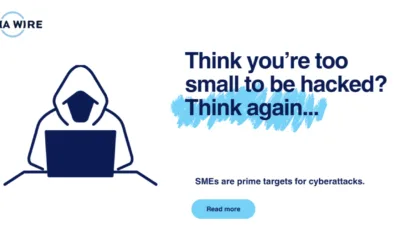When the techies start talking about broadband speed, it’s a bit like alphabet soup and, even if you recognise the acronyms, what does that mean to you?
The most common types of broadband are ADSL, FTTC, FTTP and EFM – but what are they?
ADSL – Asymmetric Digital Subscriber Line. This means your upload and download speeds are not equal. An ADSL broadband connection’s theoretical maximum downloads up to 24 megabits per second, (Mbps) and uploads up to 2.5 megabits per second, (Mbps). The further away from the exchange you are the slower your download and upload speed will be.
To increase the amounts you can upload and download you will need bonded ADSL lines. This is where 2, 3 or 4 ADSL lines are bonded to become a single line, increasing the amount of data that can be carried.
FTTC – quite simply means Fibre To The Cabinet. This means that when companies talk about ‘Fibre Optic Broadband’, they usually mean a fibre optic cable from the telephone exchange to the cabinet where the line is run from (the nearest green box) and then the rest of the line, to your premises, is copper, not fibre.
This is different technology to ADSL and although it reduces the copper line length, it isn’t a completely fibre optic service. The speeds are faster than ADSL with a download speed of 80MB and an upload speed of 20MB. That means that those big picture files with your best snaps on (or artwork for your clients) won’t take ages to leave your outbox, or fail because they’re just too big for your broadband connection. Downloading films is much quicker too.
BT Infinity uses FTTC, as does Virgin – but don’t mix up the brand name with the technology.
FTTP – Fibre To The Premises – speeds things up even more with the option for a symmetrical broadband with equal upload and download speeds. However, it is more expensive to install and to run, so this is normally only something considered in certain industries where uploading large files regularly is required.
EFM – Ethernet in the First Mile – this is similar to a network cable, like the one from your computer to the router, which is faster than ADSL, but not as fast as FTTC.
From the end user’s point of view it is their “first” mile, although from the access networks’ point of view it is known as the “last mile”
Now you know all this at least you know what to expect, but we still recommend consulting with an independent expert before you make a decision. At least then you’ll get something that suits your needs.



0 Comments